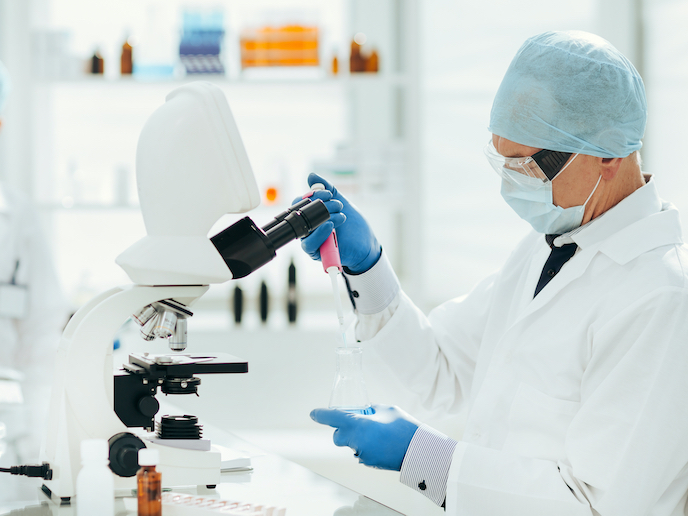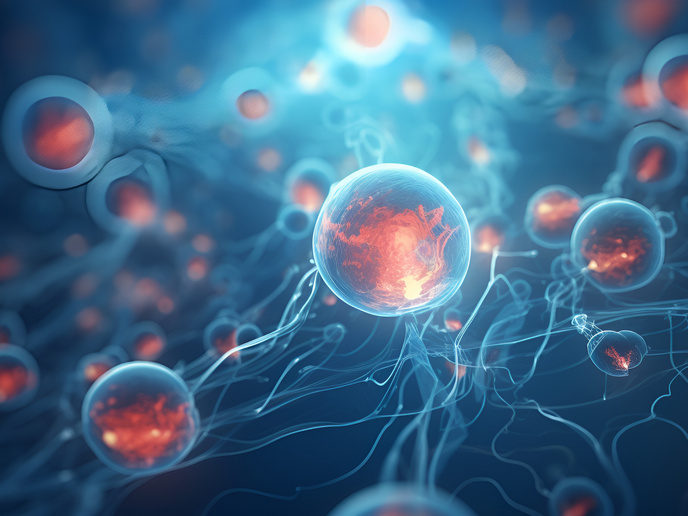New detection techniques offer tool in fight against cancer
Biomarkers(opens in new window) are often used by scientists to assess the health of an organism, usually in relation to disease. A biomarker could be body temperature, blood pressure or the presence of a specific molecule. “Cancer is often associated with measurable changes in the concentrations of one or more proteins,” explains BioCapture(opens in new window) project coordinator Börje Sellergren from Malmo University(opens in new window), Sweden. “These proteins, if the changes are easily detectable, can serve as clinically useful biomarkers for disease.” Proteins constitute the most abundant and versatile biomolecules present in living cells. Their diverse structure and function are responsible for key cellular processes, including metabolism(opens in new window) and cell movement. However, proteins and their modifications are also implicated in many diseases. Studying the function and shape of proteins is therefore critical to understanding disease and discovering new drugs. Measuring several biomarkers at once – whether blood-based or cell-based – could help to tailor cancer treatment to the individual patient.
Molecular detection technologies
While biological antibodies(opens in new window) are typically used to detect biomarkers, a key drawback is that these tend to be expensive and work poorly for a large number of biomarkers. The aim of the BioCapture project, which was undertaken with the support of the Marie Skłodowska-Curie Actions(opens in new window) programme, was to address these concerns by applying new molecular detection technologies capable of targeting tumour-specific markers. A key technique pioneered in this project was the use of molecularly imprinted polymers(opens in new window) (MIPs). Sellergren and his team were confident that MIPs could be used to detect previously inaccessible tumour markers, and even discover new disease biomarkers. “This project can be viewed as a continuation of a long-term effort to bring this technology into mainstream cancer medicine,” says Sellergren. “Molecular imprinting technology is still widely unknown in the medical community.” MIPs, says Sellergren, can be viewed as multipurpose receptors with a wider scope of applications than antibodies due to their stability, affordability and accessibility. They are made of synthetic materials, and offer higher thermal stability, reusability and cost-effectiveness compared to biological receptors. The main objective of the BioCapture project was to develop a cost-effective and efficient platform for applying this technology to detect specific biomarkers. This could potentially open the door to more accurate and rapid disease detection and diagnosis in the future.
Bringing patient benefits
For Sellergren, the project surpassed his expectations. Tools to enable the efficient detection and quantification of key proteins and their modifications, using MIPs, were developed. Furthermore, the success of BioCapture could help to convince the broader scientific community of the immense potential of this novel technology. “This is important not only at the technical or research level, but at the societal level as well,” notes Sellergren. “Immense human suffering is caused by the poor availability of advanced cancer medicine. MIP technologies could help to address this problem by offering robust, affordable and accessible detection solutions and even therapies.” Indeed, one interesting future application identified by Sellergren could be home-based testing. This, he says, could help to deliver cost savings for healthcare services, as well as better patient care. “We have also made advances at a fundamental science level,” continues Sellergren. “We have a better understanding now of the nature and behaviour of the imprinted receptors at a molecular level.” Following completion in October 2021, efforts to build on BioCapture’s results are ongoing. Project partners are currently looking into commercially exploiting the tools and techniques, which could one day bring significant benefits to cancer patients.







